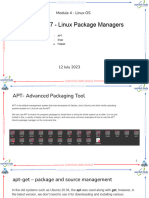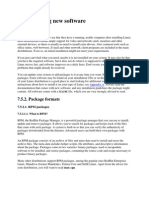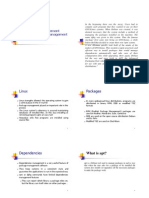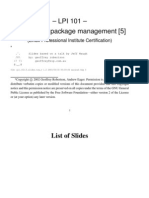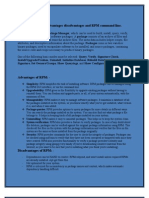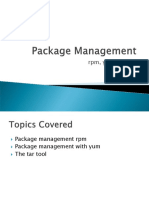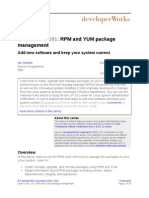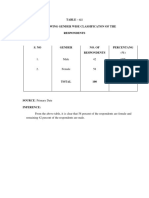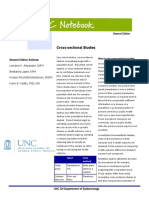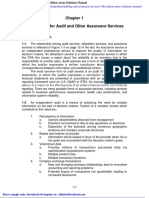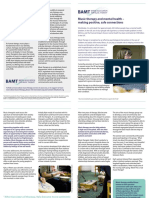0% found this document useful (0 votes)
13 views19 pagesSP Lab2
The document outlines a lab exercise for the Computer Engineering Department at UET Taxila, focusing on system programming and package management in Linux environments. It covers package management systems for Debian (.deb) and Red Hat (.rpm), detailing tools like dpkg, apt-get, and yum, along with their commands for installing, removing, and managing software packages. The lab tasks include installing and verifying specific packages using the mentioned tools.
Uploaded by
Raja SaadCopyright
© © All Rights Reserved
We take content rights seriously. If you suspect this is your content, claim it here.
Available Formats
Download as DOCX, PDF, TXT or read online on Scribd
0% found this document useful (0 votes)
13 views19 pagesSP Lab2
The document outlines a lab exercise for the Computer Engineering Department at UET Taxila, focusing on system programming and package management in Linux environments. It covers package management systems for Debian (.deb) and Red Hat (.rpm), detailing tools like dpkg, apt-get, and yum, along with their commands for installing, removing, and managing software packages. The lab tasks include installing and verifying specific packages using the mentioned tools.
Uploaded by
Raja SaadCopyright
© © All Rights Reserved
We take content rights seriously. If you suspect this is your content, claim it here.
Available Formats
Download as DOCX, PDF, TXT or read online on Scribd
/ 19











